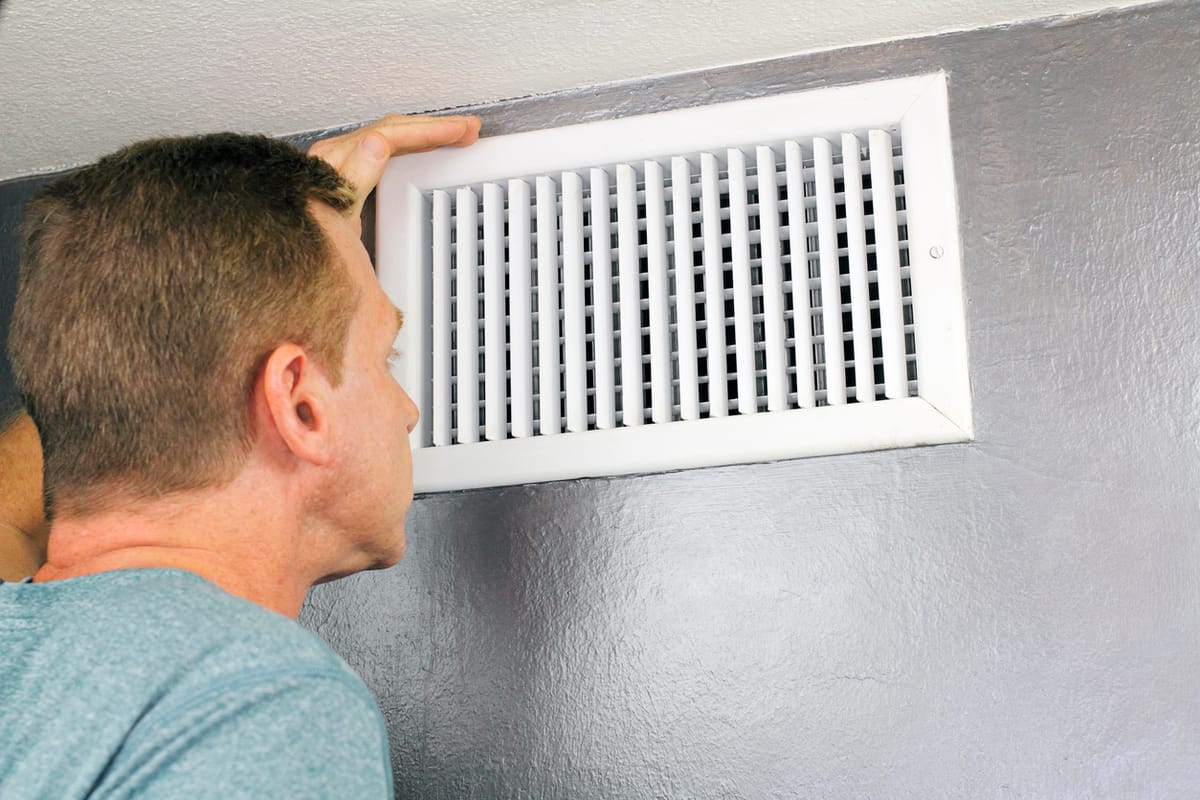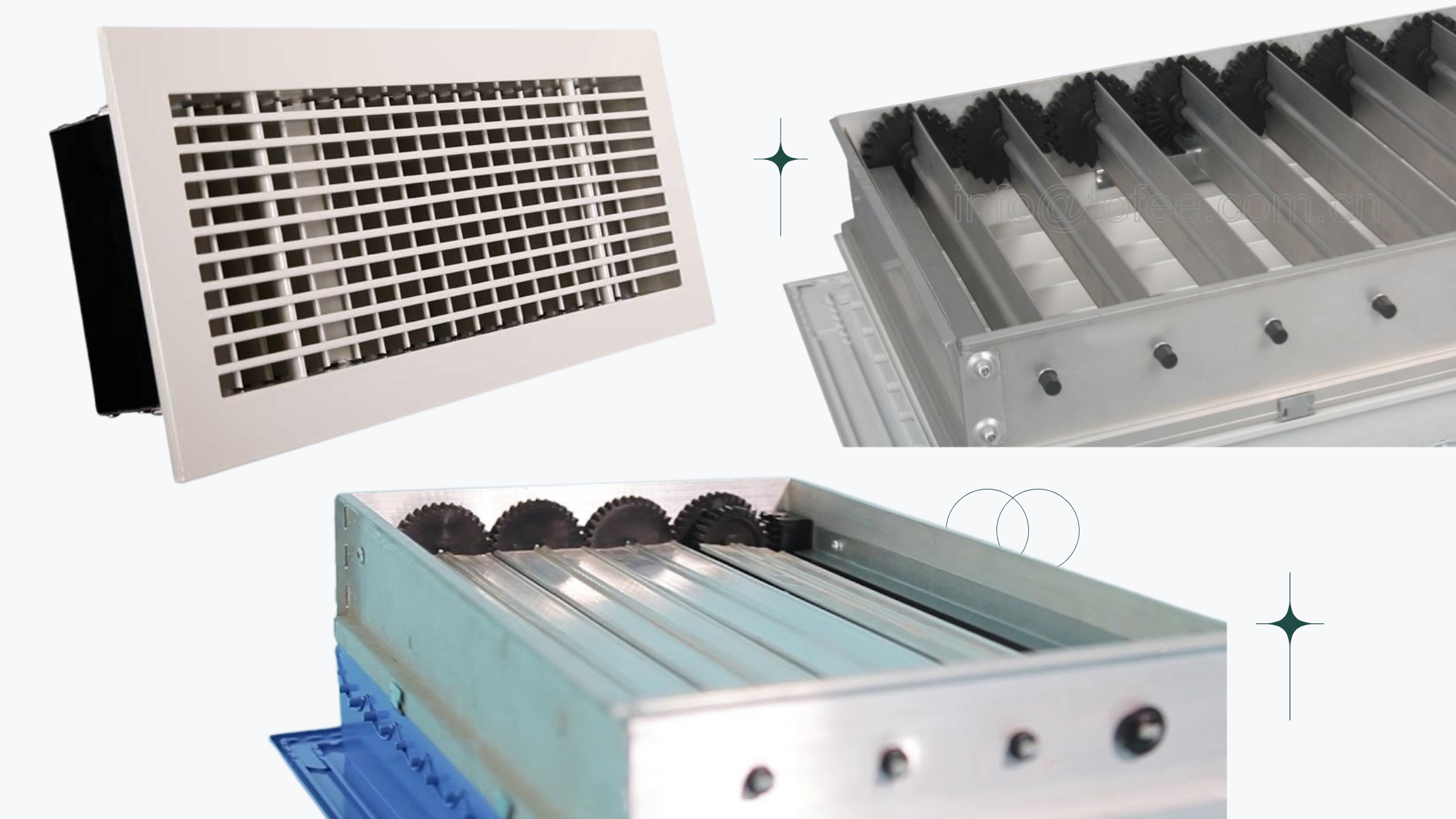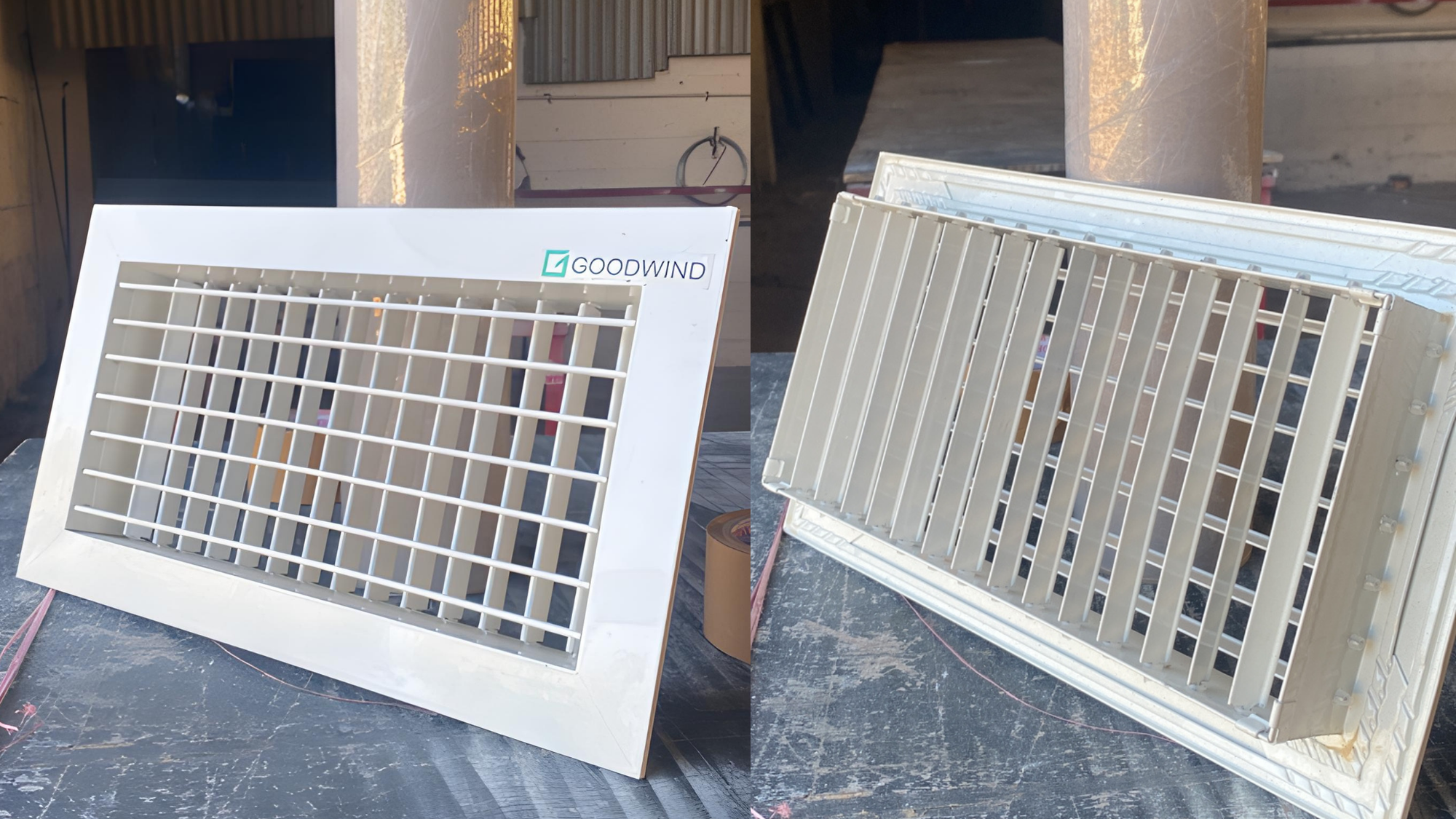How to Choose the Best AC Vents: A Buyer’s Guide for Energy Efficiency and Comfort

Importance of AC Vents
AC vents are essential components of an HVAC system, influencing airflow distribution, energy efficiency, and indoor air quality. Choosing the right vents helps optimize cooling performance, reduce energy costs, and enhance comfort in residential and commercial spaces.
Types of AC Vents
Understanding different AC vent types ensures proper air circulation and system efficiency. The four main types—supply, return, exhaust, and balanced ventilation vents—each serve specific functions in maintaining an optimal indoor climate.

Exhaust Vents
Exhaust vents expel stale air, moisture, and odors from spaces like kitchens and bathrooms. These vents improve indoor air quality by preventing humidity buildup and enhancing ventilation.
Supply Vents

Supply vents distribute conditioned air from the HVAC system into living spaces. They often have adjustable dampers or slats to control airflow direction and intensity, ensuring balanced cooling.
Return Vents

Return vents pull air back into the HVAC system for reconditioning. Proper placement of return vents prevents air stagnation and helps maintain a consistent indoor temperature.
Balanced Ventilation System Vents
Balanced ventilation systems use both supply and exhaust vents to regulate air pressure. These systems are ideal for well-sealed homes, ensuring continuous fresh air circulation.
Factors to Consider When Choosing AC Vents
Size and Fit
Selecting the correct vent size prevents air leakage and enhances efficiency. Always measure the duct opening, not the vent cover, for a precise fit.
Material
AC vents are typically made of aluminum or steel, each offering different durability and corrosion resistance. Protective finishes like powder coating improve longevity and performance.
Vent Design and Aesthetics
Vent covers come in various designs, from modern minimalist styles to decorative options. Choosing the right design enhances the room’s aesthetics without compromising airflow.
Airflow Direction and Angle
The angle of airflow impacts cooling efficiency and comfort. Vents should be positioned to distribute air evenly while avoiding obstructions like furniture.
Vent Type and Features
Adjustable and smart vents provide greater control over airflow, improving comfort and efficiency. Smart vents use sensors to automate adjustments based on room occupancy and temperature.
Environmental Impact
Energy-efficient vents contribute to sustainability by reducing HVAC energy consumption. Choosing eco-friendly designs helps lower carbon footprints and long-term energy costs.
Benefits of Choosing the Right AC Vents
Optimizing Airflow
Well-chosen AC vents enhance airflow distribution, preventing temperature imbalances. Proper airflow reduces energy waste and improves cooling efficiency.
Enhancing Air Quality
Efficient vents promote air circulation, reducing allergens and pollutants. This helps create a healthier indoor environment, especially for individuals with respiratory conditions.
Energy Efficiency
Energy-efficient vent selection reduces strain on the HVAC system, leading to lower energy bills. Proper airflow management also extends the lifespan of AC units.
Aesthetic Appeal
AC vents are available in various styles to complement interior décor. Customizable vent covers allow homeowners to match vents with their room design.
Noise Reduction
Some vents are designed to minimize airflow noise, creating a quieter indoor environment. Low-noise vents are ideal for bedrooms, offices, and study areas.
Adapting to Space Configuration
Proper vent placement considers room size, furniture layout, and ceiling height. Adjusting vent positions ensures maximum comfort and energy efficiency.
Installation Considerations
Compatibility with Existing Systems
Before purchasing, ensure the chosen vents are compatible with the HVAC system. Some smart vents integrate with smart thermostats for better performance.
Installation Requirements
DIY-friendly vents allow for easy installation, while complex systems may require professional setup. Always follow manufacturer guidelines for proper installation.
Preparing for Installation
Gather necessary tools like duct tape, screws, and a screwdriver before installation. Clearing the workspace and ensuring safety precautions help prevent installation errors.
Professional vs. DIY Installation
While DIY installation can save costs, professional installation ensures accuracy and efficiency. Improper vent installation can lead to performance issues and higher energy consumption.
Location Considerations
Placing vents in shaded, unobstructed areas improves airflow efficiency. Proper vent positioning prevents airflow blockages and ensures even temperature distribution.
By considering these factors, homeowners can select the best AC vents to improve indoor comfort, reduce energy costs, and enhance HVAC efficiency.
